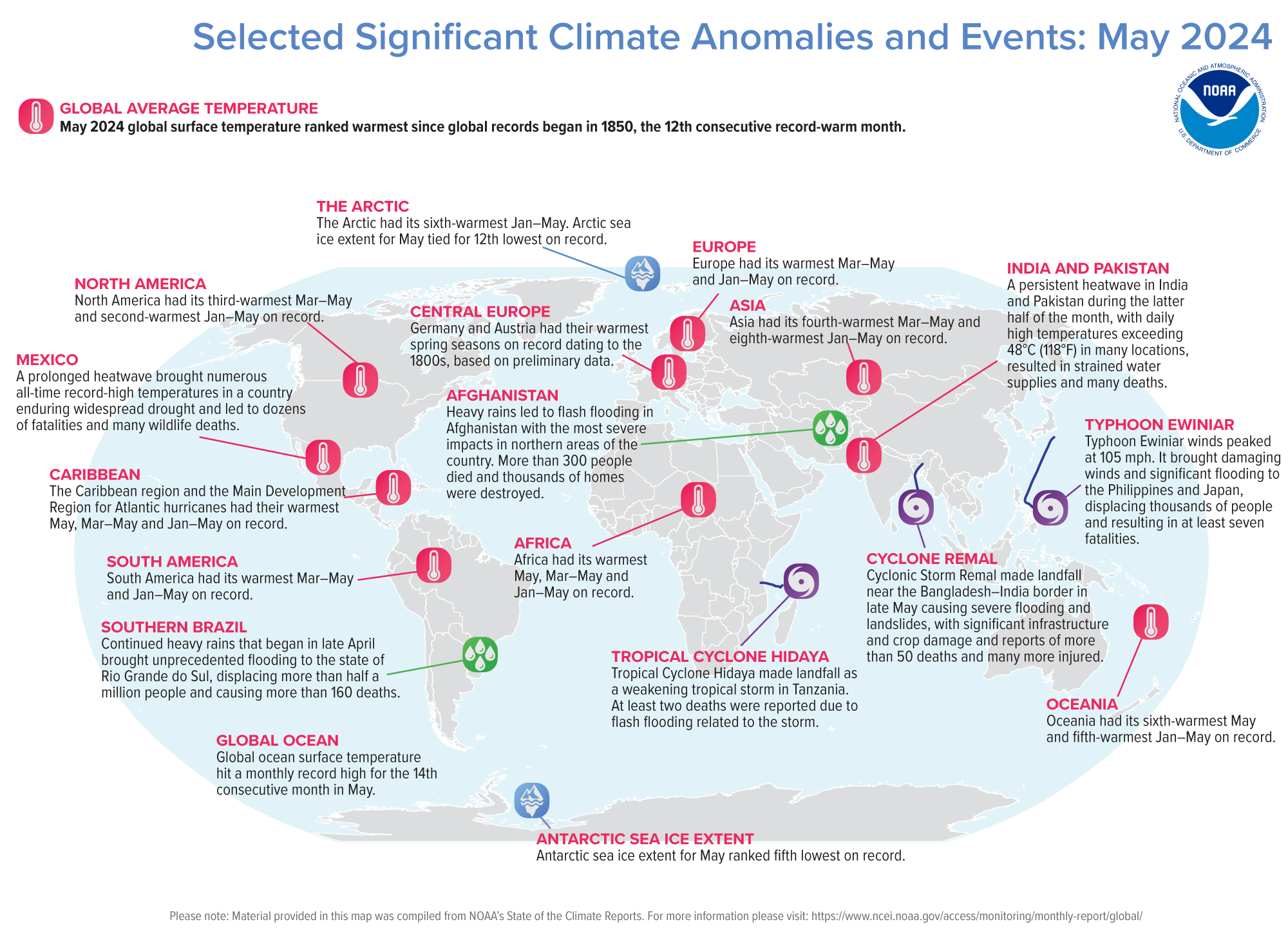The globe saw its 12th-consecutive month of record warmth

MARILAO, PHILIPPINES - MAY 04, 2024: Workers prepare to dump blocks of ice at a pool amid extreme heat in Marilao, Bulacan province. Sweltering conditions strained power grids, sparked health warnings, and left residents desperate for ways to stay cool. May 2024 was the world's warmest May on record. (Image credit: Ezra Acayan/Getty Images)





